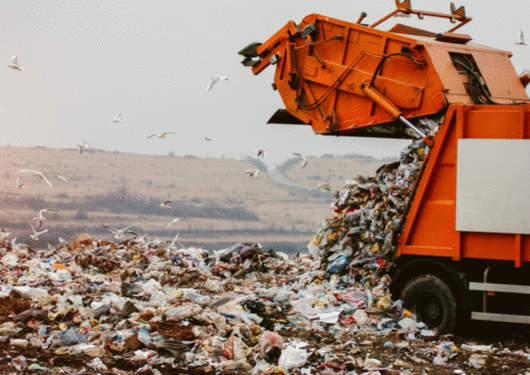
Visit Our Sponsors |
|
|
|
|
|
|
|
|
|
|
|
|
|
|
|
|
|
|
|
|
|
|
|
|
|
|
|
|
|
|
|
|
|
|
|
|
|
|
|
|
|
|
|
|
|
|
|
|
|
|
|
|
|
|
|
|
|
|
|
|

Their recycling department operator holds up a pair of old sneakers, a fistful of electric cables, work gloves, and even an office chair in an online video about the waste reduction effort. "Recyclable," he says. Just switching to reusable steel pallets for transports engines saved $1.2m.
“We’re zero waste-to-landfill on many of our sites now. Part of that is changing the entire profile of waste,” says Scott Tew, executive director of the Center for Energy Efficiency and Sustainability at Ingersoll Rand. Launched in 2010, the center aims to drive energy efficiency and sustainability into the company’s pipeline, manufacturing operations, and employee education initiatives. Recently we caught up with Tew to find out how the company forms effective partnerships across its value stream to reduce waste and improve product recyclability.
What is Ingersoll Rand’s approach to partnerships, especially around sustainability?
What we’ve learned in the past several years working to integrate sustainability is that we no longer have to have this mindset where “it has to be invented here.” We rely heavily on partners across our value stream.
We’re interacting with our suppliers in different ways now. We used to talk when a contract was about to end. Now, though, we’re talking with strategic suppliers more often about how to improve — maybe it’s the way things are packed on a truck for shipment. Maybe we wait until the entire truck is filled. What is the best practice in packaging? Is there another way to do this? Now we’re actually sending more returnable packaging.
RELATED CONTENT
RELATED VIDEOS
Timely, incisive articles delivered directly to your inbox.







